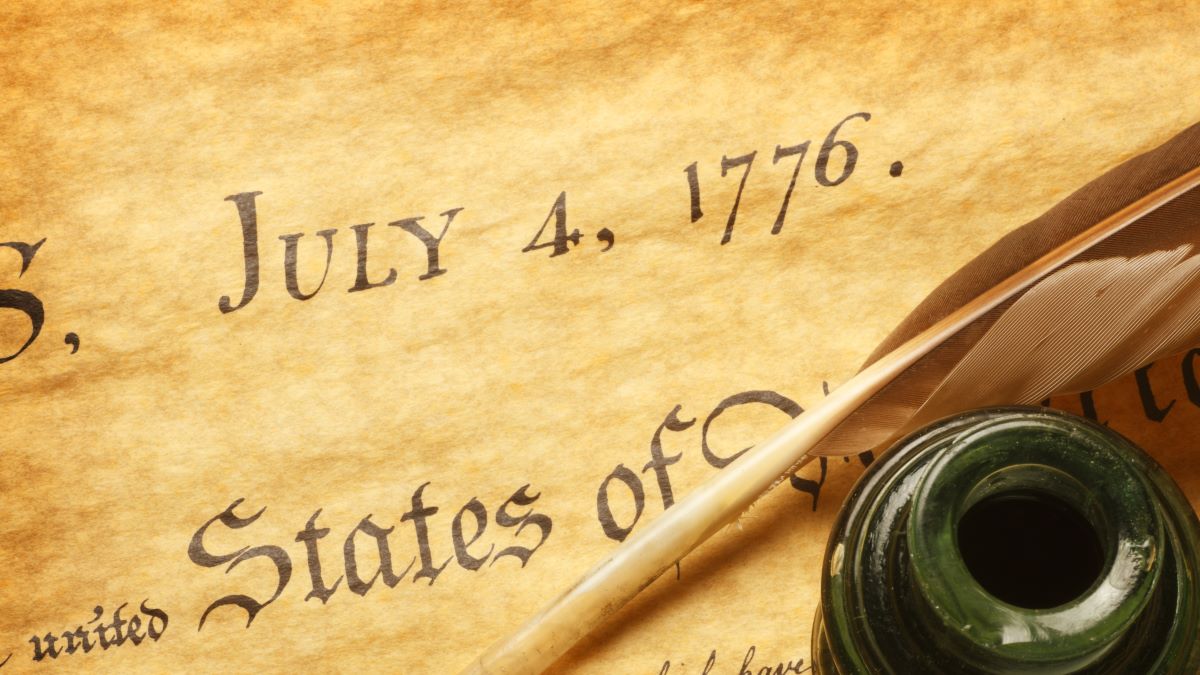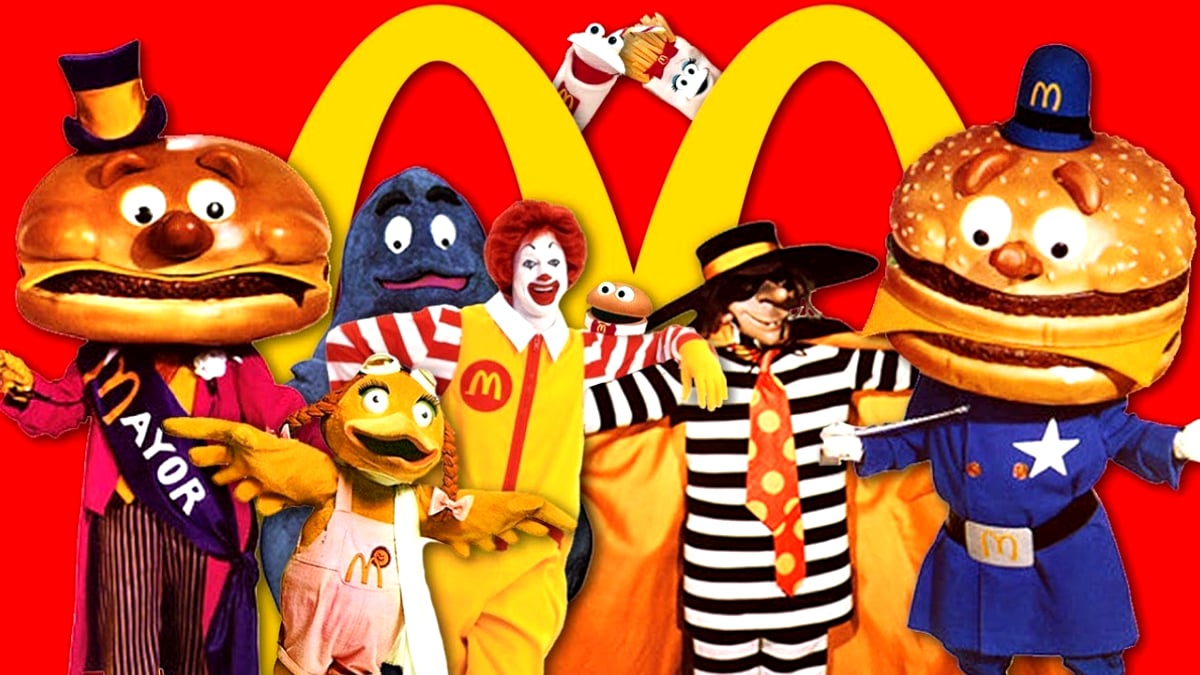The Declaration of Independence, a document that would change the course of history, was formally adopted by the Continental Congress on July 4, 1776. However, the path to this momentous event was paved with years of growing discontent, political and philosophical debates, and ultimately, the courage and determination of the American colonists to forge their own destiny.
The seeds of revolution were sown in the aftermath of the French and Indian War (1754-1763), which left Great Britain with a substantial debt and a vast new territory to administer in North America. To offset these costs, the British Parliament imposed a series of taxes on the colonies, including the Sugar Act (1764), the Stamp Act (1765), and the Townshend Acts (1767). These measures were met with fierce opposition from the colonists, who argued that they were being taxed without proper representation in Parliament, a violation of their rights as British subjects.
Tensions escalated with events like the Boston Massacre (1770), where British soldiers fired upon a crowd of colonists, killing five and wounding six. The Tea Act of 1773, which granted the East India Company a monopoly on tea sales in the colonies, led to the iconic Boston Tea Party, where colonists, disguised as Native Americans, dumped 342 chests of tea into Boston Harbor. In response, Parliament passed the Coercive Acts (1774), also known as the Intolerable Acts, which closed the port of Boston, restricted Massachusetts’ self-government, and allowed British officials accused of crimes to be tried in England.
These events galvanized support for the colonial cause and led to the formation of the First Continental Congress in 1774, which petitioned King George III for redress of grievances. The petition was ignored, and instead, the King declared the colonies to be in a state of rebellion. The Second Continental Congress, convened in May 1775, soon found itself managing a full-scale war, as the Battles of Lexington and Concord in April had marked the beginning of the American Revolutionary War
Over the course of the next year, as the conflict intensified, the idea of independence gained traction. In January 1776, Thomas Paine’s pamphlet “Common Sense” argued persuasively for the creation of an independent American republic, rejecting the monarchy and advocating for a government based on Enlightenment principles. By June, the Virginia Convention had passed a resolution instructing its delegates in Congress to propose independence. On June 7, Richard Henry Lee of Virginia put forth a motion declaring the colonies free and independent states.
A committee was appointed to draft a formal declaration, with Thomas Jefferson chosen as the primary author. Drawing on the ideas of John Locke and other Enlightenment thinkers, Jefferson crafted a document that not only listed the colonists’ grievances against the King but also asserted the philosophical basis for their independence. After revisions and debate, the Continental Congress approved the final text of the Declaration on July 4, 1776. This date is now celebrated as Independence Day in the United States. The document was then sent to be printed, with copies distributed throughout the colonies.
The signing of the Declaration, however, did not occur on a single date. The engrossed copy, carefully handwritten on parchment, was signed by most delegates on August 2, with others adding their names later. The most famous and flamboyant signature, that of John Hancock, President of the Continental Congress, has become a symbol of American patriotism and defiance. The Declaration of Independence marked the birth of the United States as a new nation, founded on the principles of liberty, equality, and self-determination.









Published: Jul 4, 2024 06:34 pm